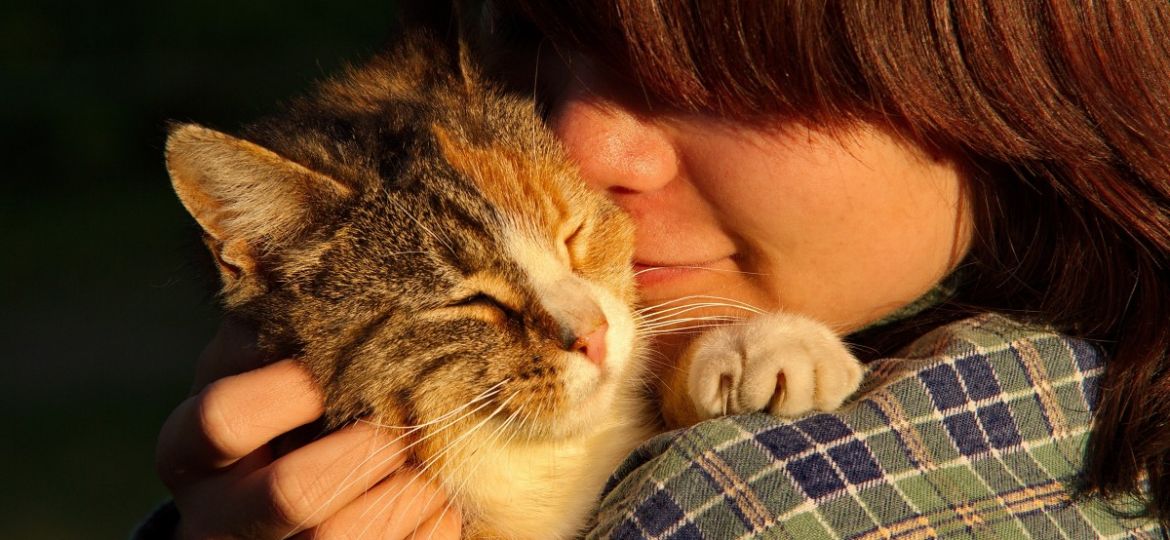
Cats do a lot of things. They can jump from pretty much anywhere and land, like graceful dancers, on their feet. They can rotate their ears 180 degrees. They can make over 100 different sounds. They can use their whiskers to determine whether a motionless animal is alive or dead. And now, according to the newest cat study, they can attach to us similarly to dogs and babies.
The study, published this September and conducted by Oregon State University, set out to study feline attachment as it relates to their bonds to owners. Interestingly, in order to conduct this study, the researchers recreated the famous psychology study on attachment called the “Strange Situation.” In the original study, babies were placed in a room with their primary caregivers, the caregivers were instructed to do a series of exits and entries back into the room, and researchers observed the babies’ responses. From this study, psychologists believed that much can be learned about the quality of the attachment when child and caregiver are reunited. Is the baby happy, relieved? Or is there a different reaction, like indifference or ambivalence?
It is with this arrangement in mind that researchers set about wanting to learn more about cats’ attachments. Here’s how they did it: 70 kittens were put in a room with their owners. The owners were instructed to leave, then return several minutes later. What they found was about 64% of the cats displayed a positive and secure attachment to their owners when they were reunited, “greeting their owner then getting back to what they were doing,” a key behavior in children who have secure attachments. “We may be underestimating cats’ socio-cognitive abilities,” states the study. It appears so, as every study proves again and again that felines not only share social traits with dogs and children but that many of our preconceived notions about the species are off the mark. We can’t wait to hear what the next study comes out with!
See the full study here.


